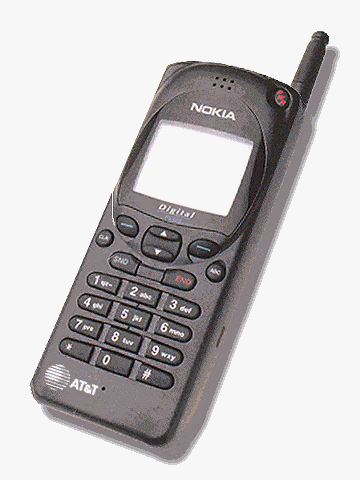Definition of Personal Communications Services (PCS) in The Network Encyclopedia.
What is Personal Communications Services (PCS)?
Personal Communications Services is a general term for digital cellular phone technologies that are used for personal wireless mobile communication. Personal Communications Services (PCS) technologies were developed in the early 1990s because the existing Advanced Mobile Phone Service (AMPS) technologies were running out of available bandwidth in the electromagnetic frequency spectrum. PCS systems are end-to-end digital in nature and are more secure than analog cellular systems. PCS networks can be used for voice, fax, and data applications such as e-mail and file transfers. PCS systems are generally circuit-switched, although some are being migrated to packet-switched networks.

Some of the standards and technologies developed from the PCS initiatives include the following:
- Time Division Multiple Access (TDMA) digital cellular systems based on the TDMA IS-136 standard. TDMA divides frequency bands into time slots and then multiplexes user conversations within these slots. TDMA operates in both the 800-MHz and 1900-MHz frequency bands, but only frequencies at 1900 MHz are specifically referred to as PCS, while those in the 800-MHz range are referred to as cellular.
- Code Division Multiple Access (CDMA) digital cellular systems based on the CDMA IS-95 standard, which was developed by QUALCOMM. CDMA uses spread-spectrum transmission technologies and assigns codes to individual users transmitting within the same broad frequency spectrum. CDMA operates at both the 800-MHz and 1900-MHz frequencies, but only frequencies at 1900 MHz are specifically referred to as PCS, while those in the 800-MHz range are referred to as cellular.
- Global System for Mobile Communications (GSM) digital cellular systems based on the GSM 1900 standard. GSM is based on TDMA technologies and divides frequency bands into time slots. GSM has the advantage of supporting roaming between Europe and North America. GSM operates in the 1900-MHz frequency range (or the 1800-MHz range in Europe).
PCS systems and services can also be classified as follows:
- Narrowband PCS: Uses the 900-MHz portion of the electromagnetic spectrum, specifically the frequency bands 901–902, 930–931, and 940–941 MHz. Narrowband PCS is used for wireless telephony, wireless data transmission, voice message paging and text-based paging, and other services.
- Broadband PCS: A newer technology that uses the 2-GHz portion of the electromagnetic spectrum, specifically the frequency band from 1850 to 1990 MHz, with the exception of a 20-MHz band reserved for unlicensed voice and data services. Broadband PCS with its greater bandwidth allocation is used or intended for wireless telephony, high-speed wireless data transmission, portable facsimile transmission, wireless Personal Digital Assistants (PDAs), and wireless video telephony services.